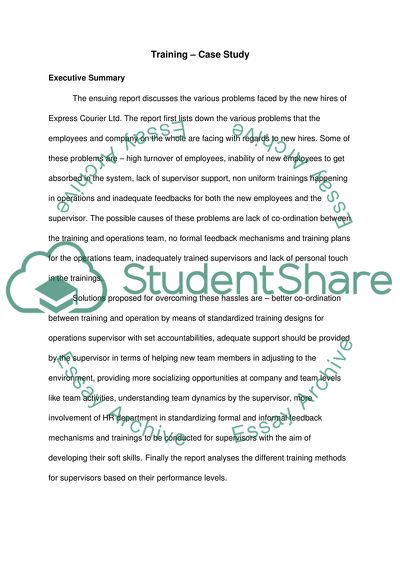Cite this document
(The Problem of New Hires in Express Courier Ltd Case Study, n.d.)
The Problem of New Hires in Express Courier Ltd Case Study. Retrieved from https://studentshare.org/human-resources/1737768-analytical-report-in-human-resource
The Problem of New Hires in Express Courier Ltd Case Study. Retrieved from https://studentshare.org/human-resources/1737768-analytical-report-in-human-resource
(The Problem of New Hires in Express Courier Ltd Case Study)
The Problem of New Hires in Express Courier Ltd Case Study. https://studentshare.org/human-resources/1737768-analytical-report-in-human-resource.
The Problem of New Hires in Express Courier Ltd Case Study. https://studentshare.org/human-resources/1737768-analytical-report-in-human-resource.
“The Problem of New Hires in Express Courier Ltd Case Study”, n.d. https://studentshare.org/human-resources/1737768-analytical-report-in-human-resource.


